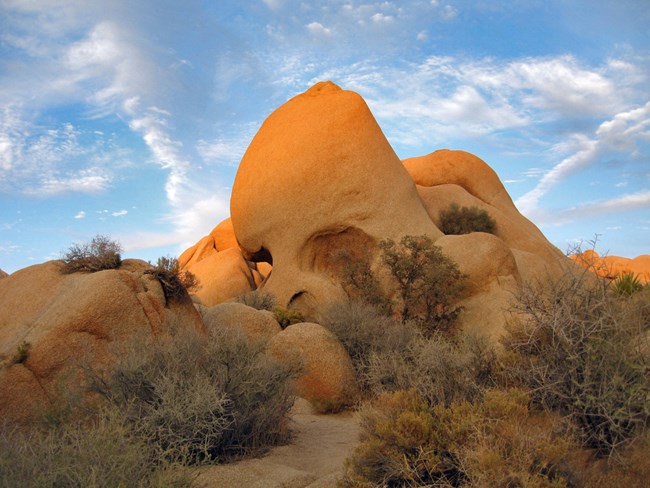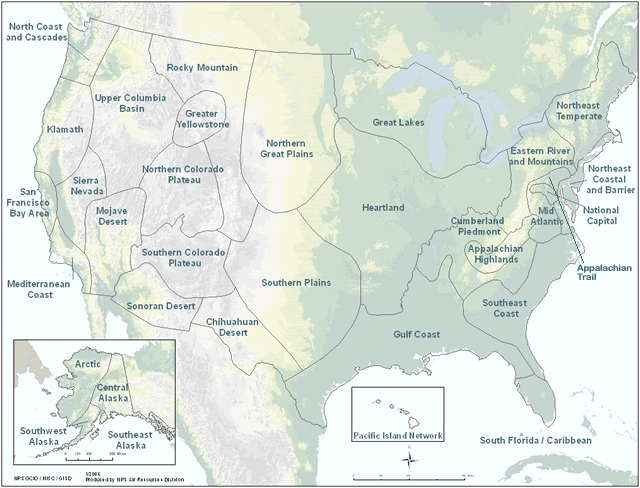Last updated: August 17, 2022
Article
Nitrogen Risk Assessment

NPS Photo/Robb Hannawacker
Some ecosystems in parks, such as arid shrublands, subalpine meadows, remote high elevation lakes, and wetlands, are sensitive to the effects of nutrient enrichment from atmospheric nitrogen deposition. Nitrogen deposition results from nitrogen oxides emitted from powerplants, vehicles, and industry, and from ammonia emitted from agricultural activities. When added to natural ecosystems, nitrogen deposition can affect biodiversity in plant communities and disrupt nutrient cycling.
Explore which parks are most at risk from nitrogen deposition through a series of reports (listed below) that rank the relative sensitivity of about 270 parks organized into 32 networks. The ranking considers:
- nitrogen pollutant exposure,
- ecosystem sensitivity, and
- park protection mandates.
The main report provides background for the project, describes the assessment methods, and summarizes ranking results.
Select a nitrogen risk assessment from the map or list below.
Nitrogen Risk Assessment Network Map

Main Report
Inventory & Monitoring Network Reports
- Appalachian Highlands
- Arctic
- Central Alaska
- Chihuahuan Desert
- Cumberland Piedmont
- Eastern Rivers and Mountains
- Great Lakes
- Greater Yellowstone
- Gulf Coast
- Heartland
- Klamath
- Mediterranean Coast
- Mid-Atlantic
- Mojave Desert
- National Capital Region
- North Coast and Cascades
- Northeast Coastal and Barrier
- Northeast Temperate
- Northern Colorado Plateau
- Northern Great Plains
- Pacific Island
- Rocky Mountain
- San Francisco Bay Area
- Sierra Nevada
- Sonoran Desert
- South Florida / Caribbean
- Southeast Alaska
- Southeast Coast
- Southern Colorado Plateau
- Southern Plains
- Southwest Alaska
- Upper Columbia Basin
